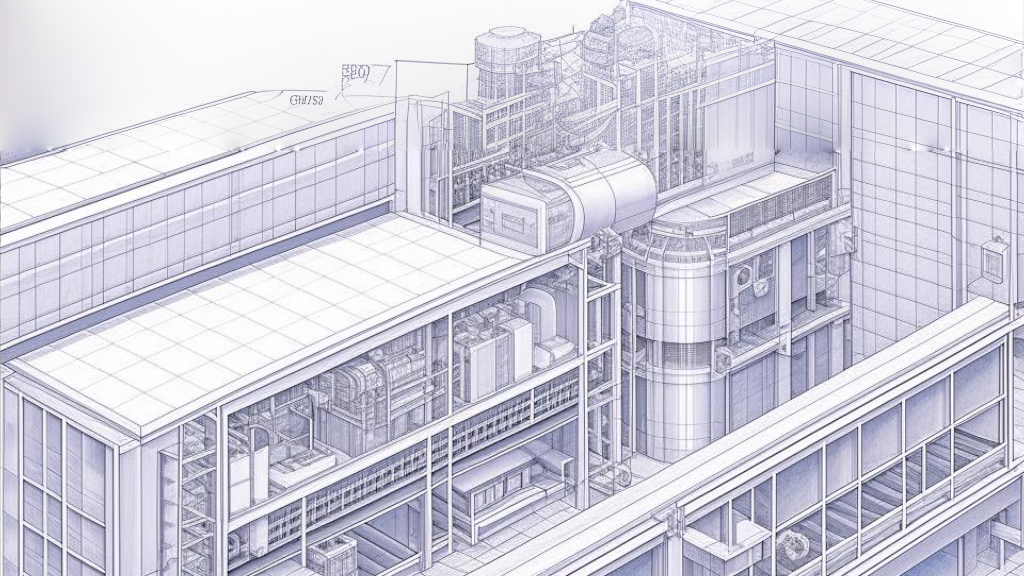
As a seasoned senior mechanical engineer with expertise in programming and computational fluid dynamics (CFD) simulation, I had the privilege of leading a significant project focused on designing and simulating advanced HVAC (Heating, Ventilation, and Air Conditioning) systems for residential and commercial buildings. This report aims to provide an overview of my role in the project, highlighting the innovative and energy-efficient solutions proposed.
Project Scope: The project involved the development of cutting-edge HVAC systems to meet the growing demand for sustainable and cost-effective solutions in the construction industry. The objective was to design systems that would optimize energy consumption, improve indoor air quality, and enhance overall comfort for occupants.
Role and Responsibilities: In my capacity as the lead engineer, I played a pivotal role in various aspects of the project. This included:
- Designing HVAC Systems: Using my expertise in mechanical engineering and programming, I designed efficient and reliable HVAC systems tailored to the specific requirements of each building. I employed programming languages such as Python and MATLAB to develop algorithms for system optimization and control.
- Computational Fluid Dynamics (CFD) Simulation: To ensure the effectiveness of our designs, I utilized CFD simulation software to model and analyze the airflow, heat transfer, and thermal comfort within the HVAC systems. This allowed us to identify potential issues and optimize system performance before implementation.
- Project Management: As part of my responsibilities, I oversaw the project from inception to completion. This involved coordinating with cross-functional teams, managing resources, setting project milestones, and ensuring adherence to timelines and budgets.
Innovative and Energy-Efficient Solutions: Throughout the project, my team and I focused on proposing innovative solutions that would revolutionize the HVAC industry. Some of the key initiatives included:
- Integration of Renewable Energy Sources: Recognizing the importance of sustainability, we incorporated renewable energy sources, such as solar systems, into our HVAC designs. Through computer programming and using some optimization algorythms, we optimized the integration of these sources to maximize energy efficiency and minimize environmental impact.
- Smart Controls and Automation: To optimize energy consumption, we integrated smart controls and automation features into the HVAC systems. Using programming techniques, we developed algorithms for adaptive temperature controls, occupancy sensors, and remote monitoring capabilities. This allowed for efficient operation and energy savings.
- Air Quality Enhancement: We prioritized indoor air quality by implementing advanced filtration systems and ventilation strategies. Through CFD simulations, we analyzed airflow patterns, identified areas of potential stagnation or contamination, and optimized the placement and design of ventilation components to ensure the supply of fresh and clean air.
Conclusion: In conclusion, my role as a senior mechanical engineer with expertise in programming and CFD simulation in designing and simulating advanced HVAC systems was a rewarding experience. Through effective project management and the implementation of innovative and energy-efficient solutions, we successfully transformed the industry’s approach to HVAC design. The project not only achieved optimal comfort and energy efficiency but also contributed to sustainability goals. The integration of programming and CFD simulation allowed for accurate analysis and optimization of system performance, ensuring the delivery of high-quality HVAC solutions.